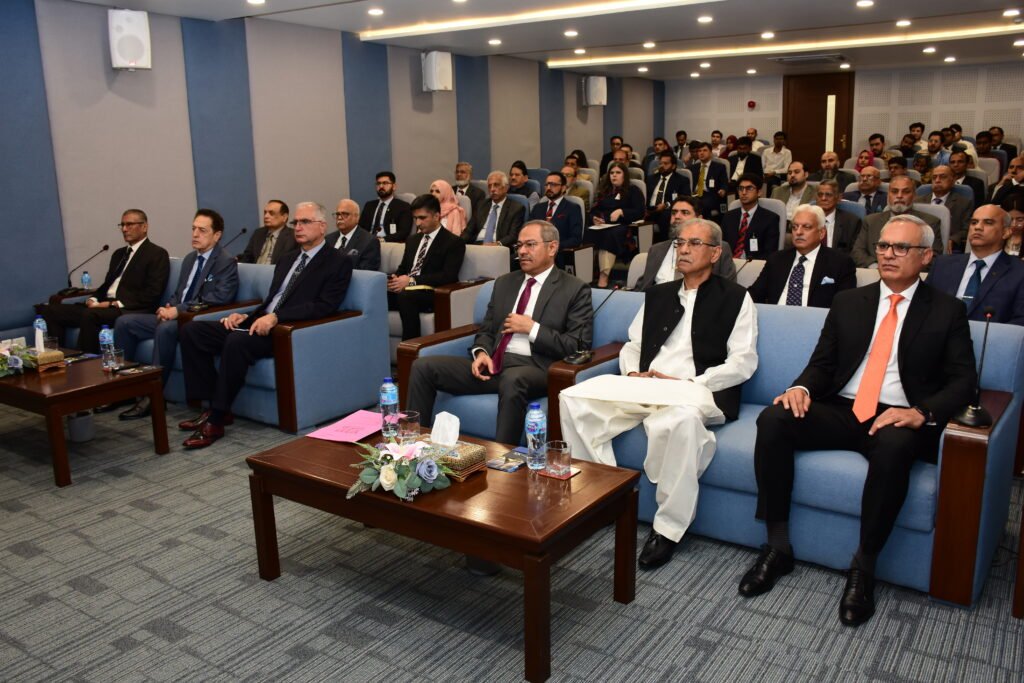
Seminar
Military Interoperability Amid the Changing Character of War: Transforming Pakistan’s Defence in the Modern Conflict Environment
About The Event
Modern warfare’s strategic and operational contours are being reshaped by the convergence of emerging technologies, complex threat environments, and multi-domain challenges. In the dynamic and digitised theatre of 21st-century warfare, military effectiveness increasingly hinges upon the ability of forces to act together seamlessly. This capability, defined as interoperability, is no longer a strategic luxury but a foundational necessity amid the changing character of war.
Interoperability exists across four aspects: technical, procedural, human, and information. Technical interoperability ensures compatibility of systems and platforms. Procedural interoperability denotes standardisation of doctrines, tactics, and operational protocols. Human interoperability emphasises trust, communication, and shared training. Lastly, information interoperability entails the fluidity and security of data flow between and within systems—a critical enabler of real-time decision-making. These aspects must work across all five domains of modern warfare: land, air, maritime, cyber, and space, to realise true force integration. Moreover, Air Defence and Electronic Warfare are two critical aspects demanding seamless interoperability for success of modern combat missions.
In Pakistan’s context, interoperability is both a challenge and an opportunity. While tri-service coordination is managed through a robust institutional mechanism of the JS Headquarters, the increasing complexity of regional security demands more than structural coordination. It requires the armed forces to transition towards integrated capabilities, converging operational planning, shared doctrinal and technological architecture, and cross-domain situational awareness. Interoperable systems offer decisive advantages in precision strikes, synchronised manoeuvres, and rapid force projection. Also, they strengthen national resilience against multi-domain threats. Interoperability is equally vital in coalition settings, where operations with friendly forces demand aligned platforms, doctrines, and personnel readiness.
The Pakistan Air Force (PAF) plays a key role in this ecosystem. However, its effectiveness is contingent on seamless interoperability with other arms. Considering these evolving challenges and opportunities, the Centre for Aerospace and Security Studies (CASS), Lahore, organised this national seminar titled “Military Interoperability Amid the Changing Character of War: Transforming Pakistan’s Defence in the Modern Conflict Environment.” By exploring various dimensions of interoperability and harnessing feedback from tri-services, the seminar contributed towards a cohesive vision for strengthening Pakistan’s military preparedness in an increasingly interconnected battle environment.

Key Takeaways
- Imperative of Joint Warfare and Interoperability
Joint warfare is no longer a choice but an operational necessity in the face of nonlinear, hybrid threats. Pakistan’s and India’s services still fall short of true jointness due to the absence of a unified strategy, shared platforms, and joint operational doctrines.
- Air Power Centrality in Future Warfare
Air power will be the dominant force in future wars, which will be multi-domain, swift, and technologically intensive. Through its rapid transformation and integration of modern platforms, the Pakistan Air Force (PAF) has positioned itself at the centre of joint operations, enabling force projection across land, sea, space, and cyber domains.
- Lack of Integrated Air Defence Architecture
Due to the smaller size of the PAF and the vast area to be defended, the army and navy developed their own ground-based air defence systems. Owing to this, Pakistan’s air defence architecture remains fragmented across services, with no unified command or coherent doctrine.
- Inadequate Command and Control Framework
Pakistan has institutionalised tri-service coordination through the establishment of the Joint Staff Headquarters, but its lack of operational authority prevents effective interoperability. The absence of a robust joint C2 system limits real-time decision-making and data sharing across air, land, and maritime operations.
- Multidomain Dominance in Operation Marka-e-Haq
Operation Marka-e-Haq exemplifies successful multi-domain warfare, showcasing the PAF’s dominance across the electromagnetic spectrum, cyber, and space domains. This success, driven by dynamic leadership and adaptive strategies, forged a decisive multi-domain kill chain that disrupted the adversary’s offensive calculus.
- Modern War as a Contest of National Power
Modern warfare is a comprehensive contest involving psychological, informational, economic, and kinetic means. It engages all elements of national power and exploits weaknesses through multidimensional pressure, often below the conventional threshold.
- India’s 5th Gen Warfare Strategy Against Pakistan
India employs fifth-generation warfare, including proxies, propaganda, and lawfare, to weaken Pakistan and create space for kinetic actions. This dual-track strategy aims to degrade national resolve and make Pakistan a pliant state.
- Maritime Interoperability Gaps
With the expansion of the area of responsibility, the Pakistan Navy faces sensor integration gaps and coordination challenges with the PAF and the Army. Moreover, despite participating in multilateral operations, coalition-level interoperability carries significant room for enhancement.
Policy Considerations
- Establish a Unified and Integrated Command System
Pakistan needs to transition towards a fully integrated command system under a centralised authority capable of managing synchronised military and hybrid threats across all domains. This will inevitably require the creation of a tri-service unity of command under a Chief of Defence Staff, as practised in other modern forces.
- Develop a Unified Military Strategy Based on NSP
Pakistan must formulate a unified national military strategy derived from the National Security Policy, harmonised with interoperable service doctrines and joint operational concepts across air, land, sea, cyber, and space domains.
- Build an Integrated Tri-Service Air Defence Architecture
There is an urgent need to establish a coherent and layered air defence structure integrating systems and sensors of all three services under PAF leadership, with a centralised C2 network for airspace dominance in BVR and contested environments.
- Invest in Joint C4I2SR Infrastructure
Interoperability demands strengthening national command, control, communications, computing, intelligence, information, surveillance, and reconnaissance capabilities to enable real-time situational awareness and operational synchronisation.
- Institutionalise Multi-Tier Joint Training
It is imperative to launch standardised joint training at basic, intermediate, and command levels, focusing on effect-based operations, domain integration, and decision superiority across all services.
- Implement a Joint Operational Planning Cycle
Designing and executing a structured three-year tri-service planning cycle comprising combined war plans, integrated wargaming, simulation-based testing, and multi-domain field exercises is the need of the hour.
- Align Force Structures with Future Warfighting Needs
PAF should continue to restructure force development priorities to reflect the demands of multi-domain warfare, ensuring PAF’s leadership in BVR, cyber, EW, and ISR-centric combat capabilities.
- Strengthen Joint Maritime and Coastal Security Operations
Reinforced tri-service maritime coordination should be achieved through regular joint naval exercises, intelligence fusion, and interoperability improvements along the western seaboard and at key nodes like Gwadar.
- Institutionalise Cross-Service Communication Protocols
As future wars will revolve around connectivity among tri-services in the entire electromagnetic spectrum and centralised battle management, it is imperative to establish secure and seamless communication, shared data links, encrypted channels, and hotlines.
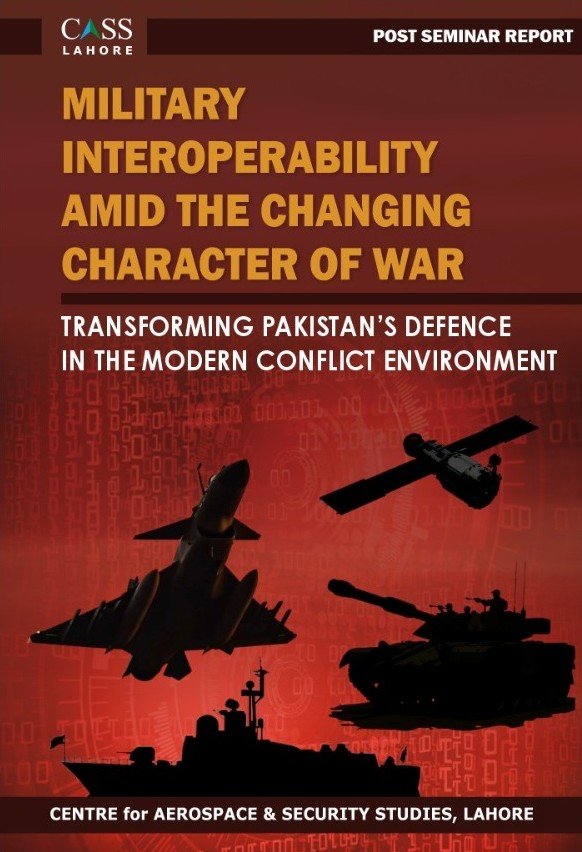
Post Event Report
A comprehensive report capturing expert analyses, strategic insights, key recommendations, media coverage, and event highlights.
Guest Speakers

Air Marshal Abdul Moeed Khan (Retd)
Vice Chancellor, Air University, Islamabad
Lt Gen Riaz (Retd)
Former Corps Commander Quetta and Lahore


Rear Admiral Faisal Ali Shah (Retd)
Maritime Security Expert National Institute of Maritime Studies Islamabad

Event Chair
Air Marshal Asim Suleiman (Retd)
President, CASS Lahore

Event Coordinator
Ameer Abdullah Khan
Senior Research Associate, CASS Lahore

Master of The Ceremony
Maheera Munir
Research Assistant, CASS Lahore


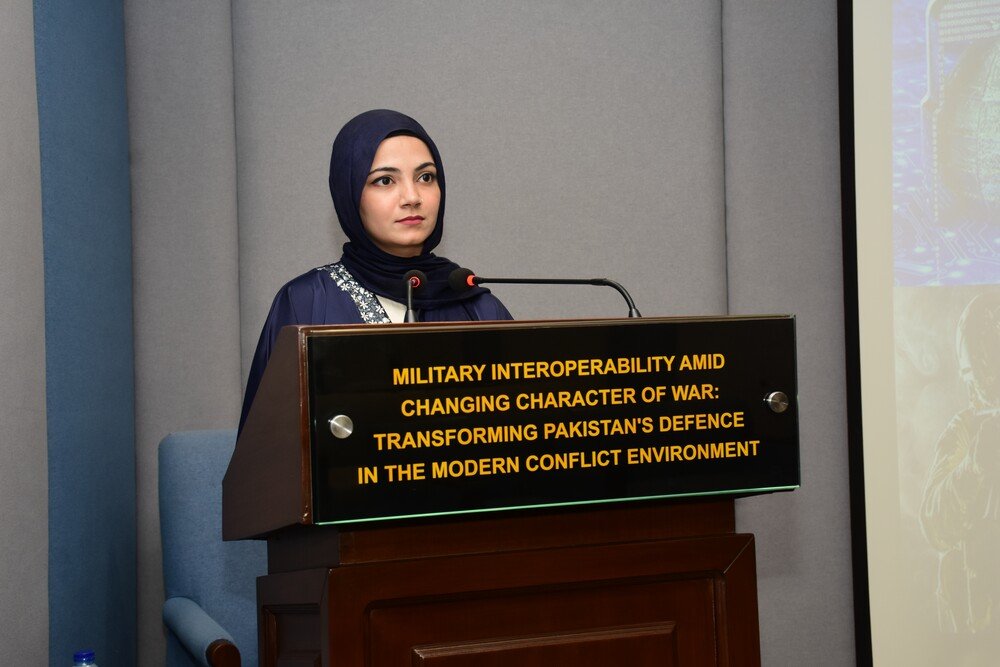
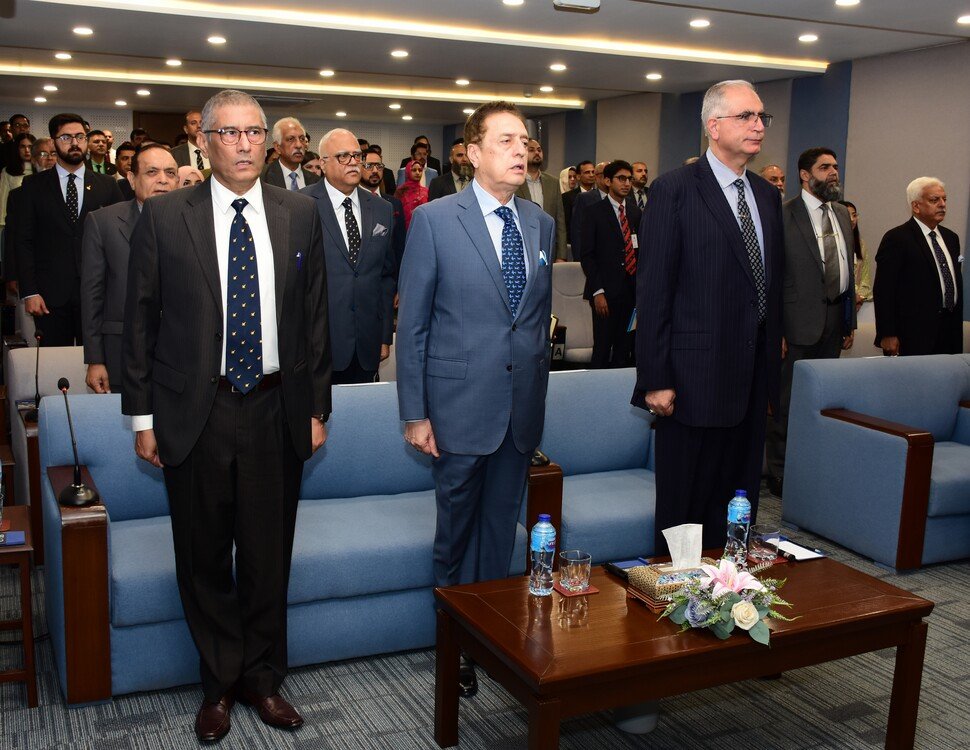
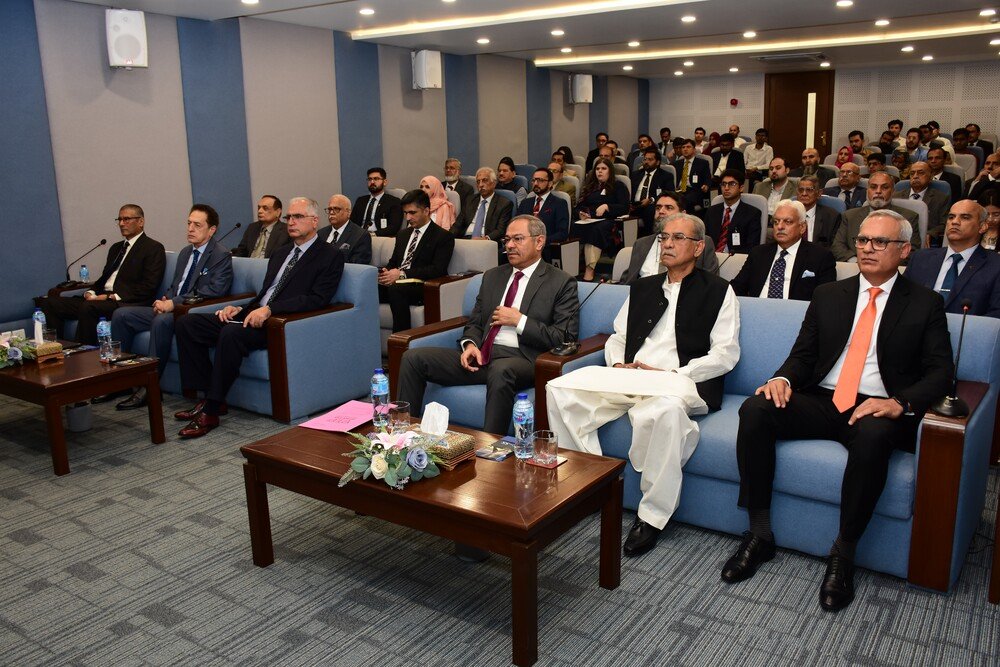
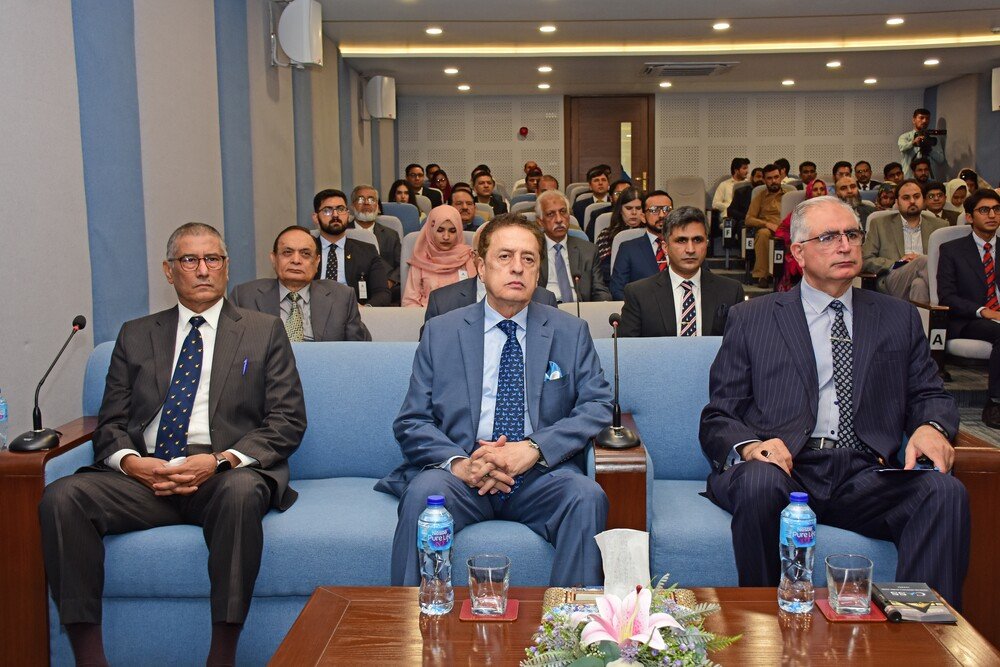


CASS LAhore

The Centre for Aerospace & Security Studies (CASS) was established in July 2021 to inform policymakers and the public about issues related to aerospace and security from an independent, non-partisan and future-centric analytical lens.
CASS Newsletter
CASS Galleries

@2025 – All Right Reserved with CASS Lahore.

